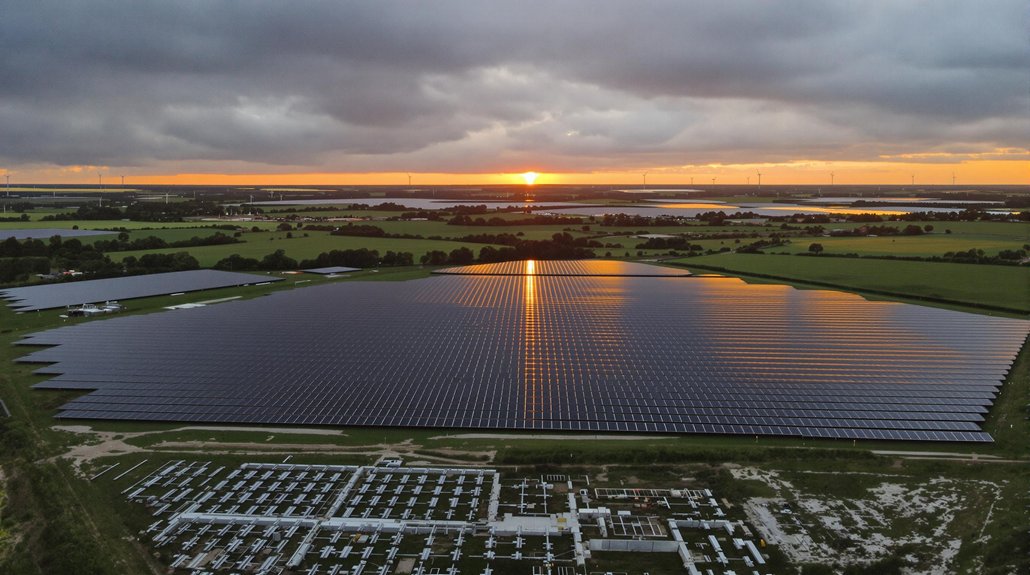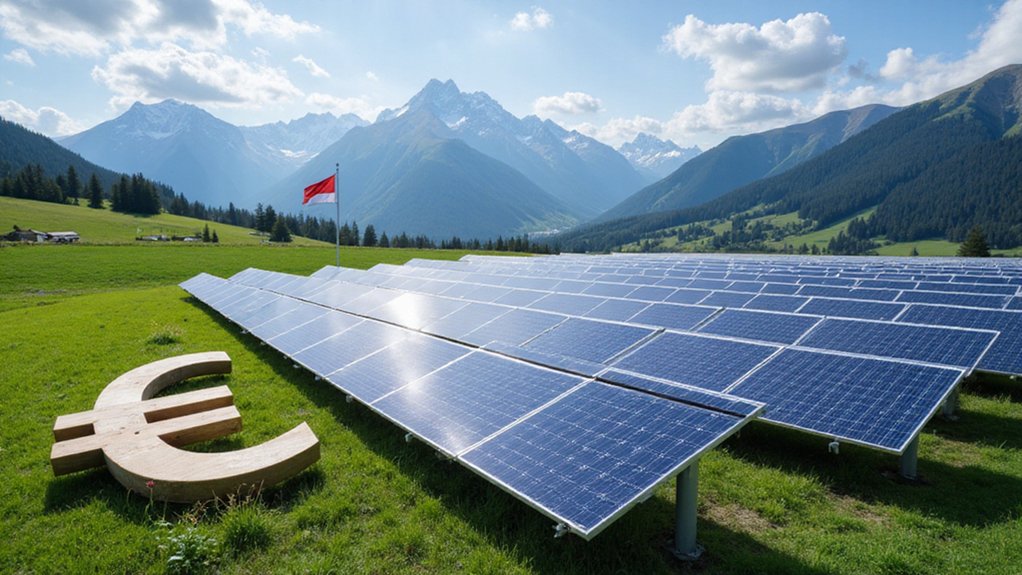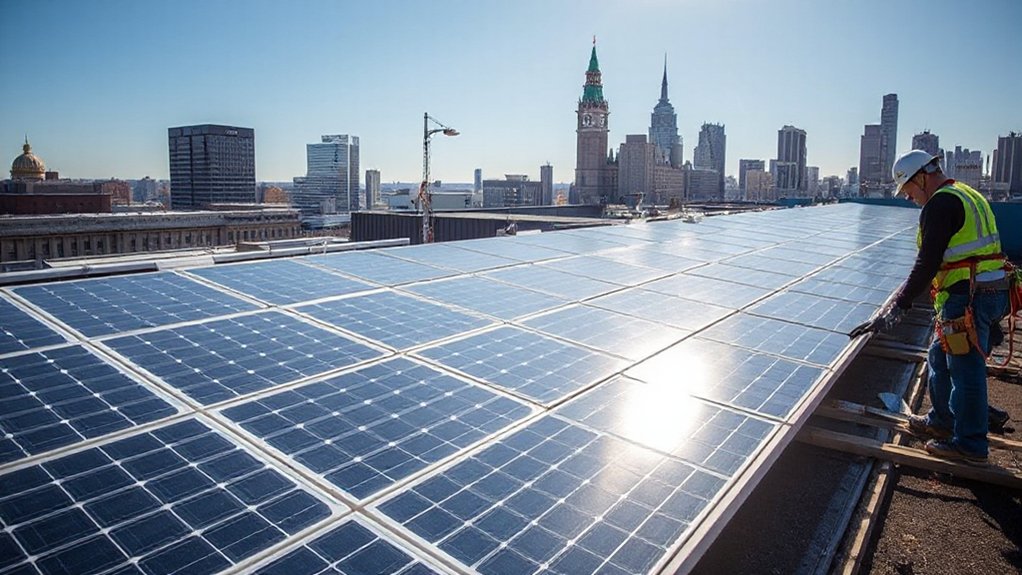Five solar stocks positioned for substantial growth in 2025 include First Solar, Enphase Energy, Daqo New Energy, SolarBank, and NextEra Energy. Global solar capacity is set to exceed 2,600 gigawatts by 2030, with the U.S. reaching 500 gigawatts by 2025. First Solar reported a 37% increase in sales, while Enphase achieved a 55% gross margin. The industry has generated over $70 billion in U.S. investment this year alone.
As the world shifts toward cleaner energy, solar power continues to shine as a leading renewable option for investors in 2025. Global solar capacity is expected to exceed 2,600 gigawatts by 2030, with the U.S. alone reaching 500 gigawatts by 2025. China added over 200 gigawatts of new solar capacity in 2023, showing the rapid pace of worldwide adoption.
Several companies stand out in this growing market. First Solar leads in thin-film photovoltaic manufacturing, reporting $3.2 billion in 2023 net sales—a 37% increase from the previous year. Their CdTe technology performs better than competitors in high heat conditions.
First Solar’s CdTe technology outperforms competitors in heat, driving their impressive 37% sales growth to $3.2 billion.
Enphase Energy specializes in microinverter technology, achieving an impressive 55% gross margin in recent quarters. Daqo New Energy, a major polysilicon supplier, is expanding production capacity to 300,000 metric tons by 2025.
SolarBank is gaining attention in the utility-scale project space. NextEra Energy, a diversified renewable energy company, expects an 8% annual growth rate through 2027.
The industry shows promising signs with solar module costs down 80% over the last decade. U.S. solar manufacturing capacity jumped from 8 to 50 gigawatts since 2022. The industry generated over $70 billion in private investment in the U.S. economy in 2024 alone. Solar energy is projected to account for 58% of electricity generation additions in the U.S. for 2024. Residential solar systems now average 2.56 per watt before incentives, making them increasingly affordable for homeowners.
Despite positive momentum, challenges remain. Policy uncertainty in some regions creates risk. Interconnection bottlenecks and transmission constraints limit growth. Trade actions could disrupt supply chains. China may face limited grid capacity in 2025, potentially affecting its dominant position in the global solar market.
Technology advancements continue to drive the sector forward. Emerging perovskite solar cell technology shows promise. Integration of AI and data analytics improves solar project efficiency. Advanced energy storage solutions now complement solar installations.
The European Union aims for 320 gigawatts of solar capacity by 2025 and 600 gigawatts by 2030. If current trends continue, solar could become the largest electricity source by 2050, supplying more than half of global demand.
Corporate solar adoption is accelerating, led by tech companies signing large power purchase agreements.









